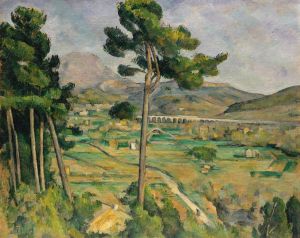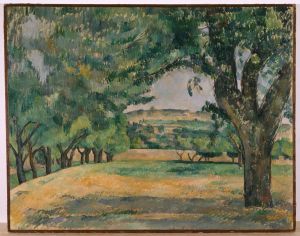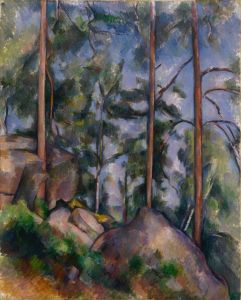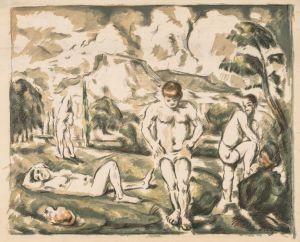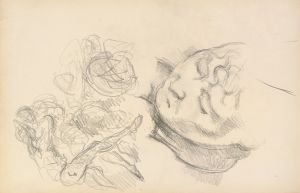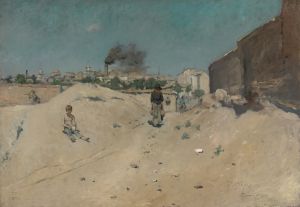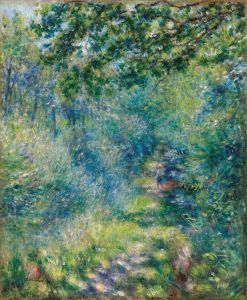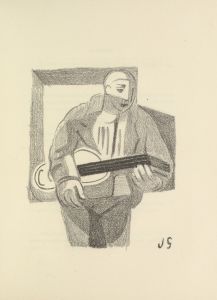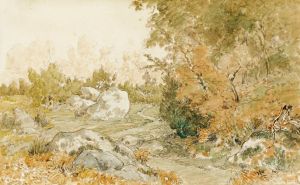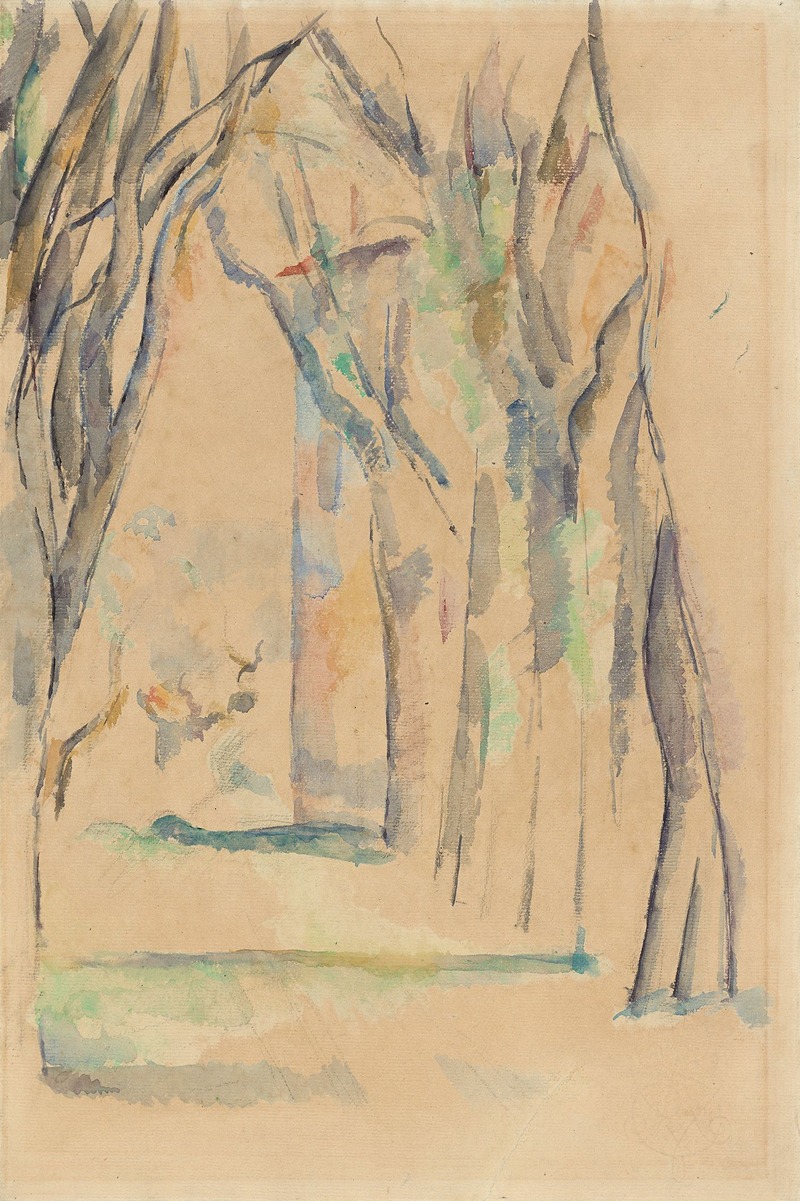
L´Allée des marronniers au Jas de Bouffan
A hand-painted replica of Paul Cézanne’s masterpiece L´Allée des marronniers au Jas de Bouffan, meticulously crafted by professional artists to capture the true essence of the original. Each piece is created with museum-quality canvas and rare mineral pigments, carefully painted by experienced artists with delicate brushstrokes and rich, layered colors to perfectly recreate the texture of the original artwork. Unlike machine-printed reproductions, this hand-painted version brings the painting to life, infused with the artist’s emotions and skill in every stroke. Whether for personal collection or home decoration, it instantly elevates the artistic atmosphere of any space.
Paul Cézanne's painting L'Allée des marronniers au Jas de Bouffan (translated as The Avenue of Chestnut Trees at Jas de Bouffan) is a notable work that reflects the artist's deep connection to his family estate in Aix-en-Provence, France. The Jas de Bouffan, a large property purchased by Cézanne's father in 1859, served as a significant source of inspiration for the artist throughout his career. The estate, with its gardens, orchards, and architectural features, became a recurring subject in Cézanne's oeuvre, offering him a private and familiar setting to explore his evolving artistic techniques.
This painting depicts a tree-lined avenue of chestnut trees on the grounds of the Jas de Bouffan. The composition is characterized by Cézanne's distinctive approach to perspective and structure, which often challenged traditional artistic conventions. The avenue creates a sense of depth, drawing the viewer's eye into the scene, while the interplay of light and shadow on the trees and ground demonstrates Cézanne's interest in capturing the effects of natural light.
Cézanne's work during this period marked a transition from his earlier, more romanticized style to the more structured and analytical approach that would later influence modern art movements such as Cubism. In L'Allée des marronniers au Jas de Bouffan, the brushstrokes are deliberate and textured, reflecting his methodical study of form and color. The painting exemplifies Cézanne's commitment to portraying the underlying geometry of nature, a hallmark of his mature style.
The exact date of the painting is not definitively established, but it is generally attributed to the late 19th century, during the time Cézanne was actively working at the Jas de Bouffan. The estate remained a central part of his life and work until it was sold in 1899, following the death of his mother.
Today, L'Allée des marronniers au Jas de Bouffan is recognized as an important piece within Cézanne's body of work. It is held in the collection of the Musée Granet in Aix-en-Provence, where it is displayed alongside other works by the artist. The painting offers insight into Cézanne's artistic process and his enduring connection to the landscapes of his youth.






